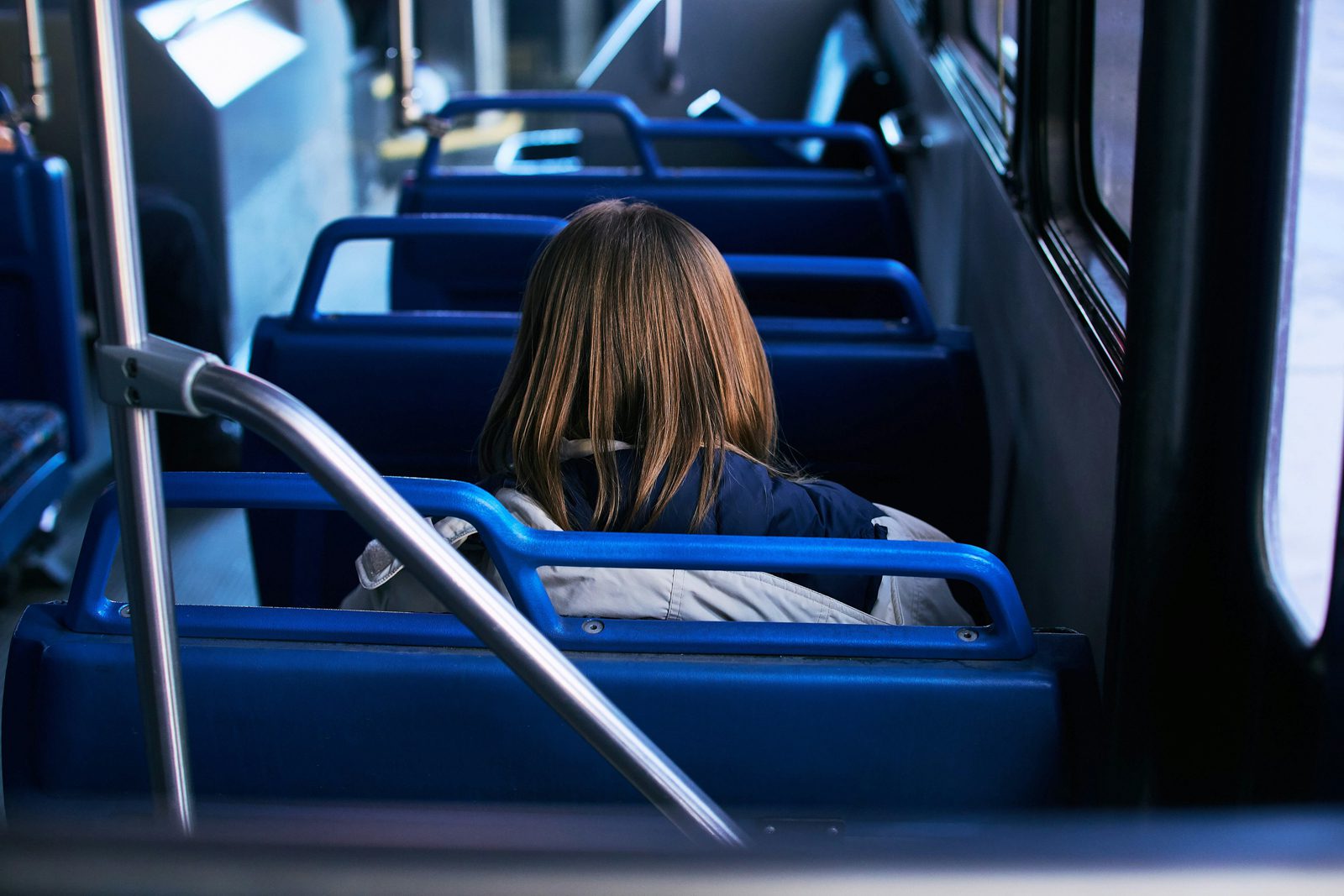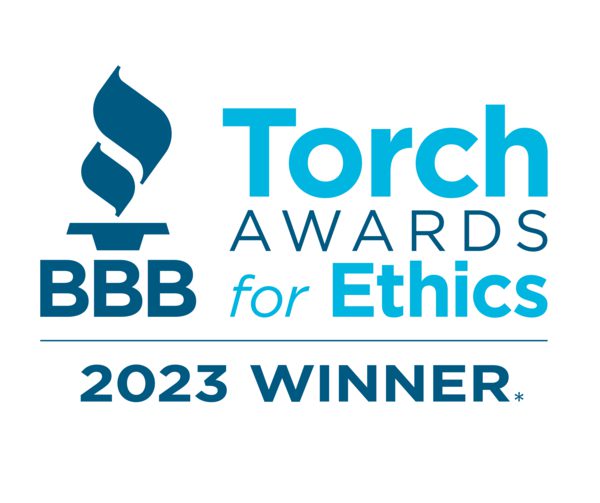Written by Sally Fish
Access to transportation is more than just a disability rights issue—it’s a human rights issue. For many, transportation isn’t just about convenience; it’s a necessity for accessing work, education, healthcare, and other essential aspects of life. But for people with disabilities, public transportation has often been an insurmountable barrier that isolates them from their communities.
It might surprise some, but efforts to improve transportation access for people with disabilities have been ongoing for more than six decades. Individuals like Ed Roberts, Judy Heuman, and advocacy groups such as the Rolling Quads have been at the forefront of these efforts, advocating for accessible transportation options.[1] These efforts recognized that access to transportation was critical for people with disabilities to fully participate in society.
Much of the early advocacy centered on the enforcement of Section 504 of the Rehabilitation Act of 1973, which prohibited discrimination against people with disabilities in federally funded programs.[2] This legislation played a key role in requiring federal funded public transportation systems to implement basic accessibility features, like ramps and lifts, to make transit more usable for people with disabilities.[3]
The Americans with Disabilities Act (ADA) passed in 1990 marked another major step forward.[4] The ADA not only created paratransit services but also extended the mandate for accessibility to all public transportation systems, not just those receiving federal funding.[5] While these legislative changes were significant, they didn’t address all of the challenges people with disabilities face when it comes to access to public transportation.
Even with these legal protections in place, systemic gaps remain. Accessibility issues persist in many areas, and funding disparities continue to prevent many public transit systems from becoming fully accessible. This is where grassroots advocacy continues to play a critical role in advancing transportation equity for people with disabilities.
Grassroots Disability and Transportation Advocacy in NW Ohio
In Toledo, Ohio, countless disability advocates have worked tirelessly to tackle transportation-related barriers, aiming to enhance the independence of Northwest Ohioans with disabilities. Today, we want to take a moment to highlight an individual whose efforts are consistently focused on improving our region’s transportation systems to better serve people with disabilities. Their work exemplifies how grassroots transit advocacy is deeply rooted in the power of local organizational efforts, driving meaningful change from the ground up.
Meet Jessica Weinberg, Community Inclusion Secretary, Lucas County Board of Developmental Disabilities.
Jessica Weinberg has dedicated much of her life to advocating for consistent, accessible, and reliable public transportation in Northwest Ohio. As the Community Inclusion Secretary for the Lucas County Board of Developmental Disabilities, she continues to champion accessibility, but her journey began long before her current role. This is her story.

Jessica’s passion for disability rights was sparked by her autism diagnosis in her early 20s. Growing up without the label of a disability, she faced the challenge of navigating barriers that were often difficult to recognize as disability related. After receiving a diagnosis, however, Jessica began to recognize the obstacles she faced for what they truly were—barriers to access for people with disabilities.
Since her teenage years, Jessica expressed her difficulty with learning to drive a personal vehicle. She explained that aspects of driving that require intense concentration, situational awareness, and rapid decision-making made it difficult. When Jessica went to college, the challenges of limited transportation access became even more evident. While her peers with personal vehicles could easily find work and seize new opportunities, Jessica found herself increasingly restricted, her options narrowed by her having to navigate her college town on foot.
Community Advocates for Transportation Rights (CATR)
Following college, Jessica felt a natural desire to focus more on changing fundamental parts of our system that affect everyone, such as access to healthcare or increasing voting access for the disability community. In 2008, the Ability Center of Greater Toledo (ACT) had a job posting for a temporary employee who would work on disability issues and voting access. As fate would have it, Jessica applied for the position and was hired.
During Jessica’s first month of employment at ACT, she heard about a new advocacy group being developed that would dedicate efforts to disability and transportation issues in the greater Toledo area. The group was known as: Community Advocates for Transportation Rights (CATR), and Jessica jumped at the opportunity to be involved.
Through her work and involvement with CATR, Jessica collaborated with fellow advocates to improve paratransit services, played a key role in passing a sales tax that expanded TARTA countywide, and joined the statewide MOVE Ohio movement to push for increased transit funding across the state. Through CATR, Jessica not only honed her talent for grassroots advocacy, but found her lifelong passion.
Board Member: All Aboard Ohio
During College, Jessica met a family who lived in an extremely rural part of Ohio. The mother of the family was involved with advocacy efforts concerning the mining industry and later joined the statewide organization All Aboard Ohio.
All Aboard Ohio is a nonprofit organization dedicated to advocating for improved passenger rail and public transportation in Ohio. The group works to expand and enhance rail services, including Amtrak and regional transit, to create more accessible, efficient, and sustainable transportation options. They engage in public policy advocacy, community outreach, and collaboration with stakeholders to promote a more connected Ohio through rail and transit initiatives.
After reconnecting with the mother, Jessica became interested in All Aboard Ohio’s mission and eventually found herself in a board member position. Though Jessica no longer serves on the AAO board today, she continues to stay involved in advocacy efforts.
The Future of Public Transportation for People with Disabilities
Jessica Weinberg exemplifies the power of grassroots advocacy in driving meaningful change. By mobilizing passionate individuals, grassroots efforts do more than influence lawmakers and policy stakeholders—they inspire communities, shaping the perspectives and priorities of the people who call Ohio home.
The Ability Center asked Jessica a question before finishing our interview for this blog post. The truth is we could summarize her thoughts, but we think it is better that you hear it from her for yourself. The question was: What is your hope for the future of public transportation and disability access?
“I’d like to see more passenger rail between mid-western cities as well as filling in the gaps (can’t think of a better way to say this) in the RTAs in metro areas that have them. I think there are people now using paratransit who might be able to use fixed-line systems or things like BRT or light rail if it didn’t require walking a long way to a bus stop or transferring and using multiple buses. There are non-disabled people who don’t/wouldn’t qualify for paratransit but who don’t use transit because of how far they’d have to walk to the nearest bus stop.
But I’d also see more people who are physically and mentally capable of driving – but care about other issues – recognize that they would benefit from being able to use transit more. Less car use would reduce the cost of living. Mass transit would cut down on pollution, energy use, traffic, and time spent in-traffic. And it would help with housing and job issues because the range of how far people could go for their house or job would change. I think even social, and family connections would benefit – some people would rather not drive a long way to see relatives (especially at this time of year) but would take a bus or train.
I hope to see TARTA continue the improvements in the TARTA Next plan, including creating fixed-line routes to connect different parts of the county. When they were planning prior to the sales tax they would ask participants to vote for either a) more frequent buses along the routes, or b) more routes. I emphasized B.
I feel like in a broad sense, in society/the country overall, the money is there, and we need to allocate it differently. (Don’t know if you want the specifics here?) I think we could look to the way European countries do things for a lot of policy.”
The disability community is powerful because of individuals like Jessica who continue to champion the fight for inclusivity on issues that matter to all people. As a renowned American cultural anthropologist once said: “Never doubt that a small group of thoughtful, committed citizens can change the world. Indeed, it is the only thing that ever has.”—Margaret Mead
Get Involved with Disability and Transportation Advocacy Today: Sign our Petition
Want to help build a fully accessible, multimodal transportation system in Northwest Ohio for individuals with disabilities?
Add your voice! Sign our petition to show Amtrak and the Federal Railroad Administration (FRA) that you support the proposed long-distance passenger rail corridor that would connect Detroit, Michigan, to New Orleans, Louisiana. Together, we can make inclusive, accessible, and reliable rail travel a reality for NW Ohioans with disabilities!
[1] Valle, Dixie. “Disability Rights Movement Highlights.” UC Berkeley Life, 23 Sept. 2024, https://life.berkeley.edu/disability-rights-movement-highlights/.
[2] U.S. Department of Transportation. “Americans with Disabilities Act (ADA) and Section 504 of the Rehabilitation Act of 1973.” U.S. Department of Transportation, 2023, https://highways.dot.gov/civil-rights/programs/americans-disabilities-act-ada-and-section-504-rehabilitation-act-1973-504.
[3] U.S. Department of Transportation. “Americans with Disabilities Act (ADA) and Section 504 of the Rehabilitation Act of 1973.” U.S. Department of Transportation, 2023, https://highways.dot.gov/civil-rights/programs/americans-disabilities-act-ada-and-section-504-rehabilitation-act-1973-504.
[4] ADA Accessible Transportation.” American Disability Act (ADA) National Network, 2024, https://adata.org/factsheet/ADA-accessible-transportation.
[5] ADA Accessible Transportation.” American Disability Act (ADA) National Network, 2024, https://adata.org/factsheet/ADA-accessible-transportation.


